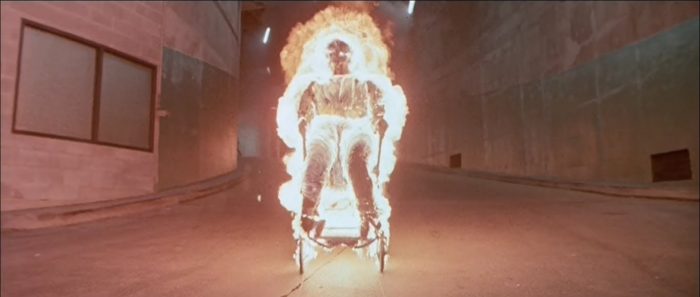
In the August of 1975, a patrolman arrested an unusual man who had been cruising around the suburbs late at night. The man had removed the front seat of his car and he had a bunch of conspicuous items, like a ski mask and handcuffs. But the man had an explanation for everything. Thankfully, Detective Jerry Thompson remembered a similar suspect and vehicle were described in a different case, and even though the man was released, Thompson began working with police in five different states to put everything together. Eventually they had enough hard evidence to put together a case and arrest the man, convicting him of dozens of murders and other heinous crimes. That man would escape prison and kill again, and eventually he was sentenced to death. His name was Ted Bundy.
I don’t know much about the Bundy case, but that’s not really why I bring him up. My point was that while I’ve heard of Ted Bundy many, many times, I don’t know the names of the hardworking police officers and detectives who arrested him. The good guys aren’t as interesting as a shocking monster of a man, and they disappear into history. Just like Will Graham, the hero of Thomas Harris’ novel Red Dragon, is nowhere near as famous as a secondary character in that story: Dr. Hannibal Lecter. Hannibal would go on to star in several much more high profile novels and movies, leaving poor Graham in almost anonymity.
But that all happened after Manhunter, a Michael Mann film that came out in 1986, before The Silence of the Lambs was even written. It stars William Petersen as Graham, a detective retired from the FBI after suffering a breakdown falling catching Lecter (Brian Cox). He gets talked into taking on one last job by his old boss, Jack Crawford (Dennis Farina). Someone (Tom Noonan) is killing families under the full moon, and the next one is just a few days away. Without any idea where the killer will strike next, Graham consults Lecter to try to get his edge back – but Lecter isn’t the type of person you want to mess with, is he?
Much of Manhunter is dedicated to the tole the job takes on Graham because of his ability to form empathic connections with killers. There are numerous scenes of the poor guy freaking out, and just as many of him yelling at the serial killers for being sick sons of bitches. There are only a couple scenes of Lecter, and most of Tom Noonan’s appearance are clustered toward the end of the story. It’s cool how distinct it makes the movie from the rest in this series.
Anyway, I’m a huge Hannbial (the TV series) and seeing Will get his due was quite satisfying. The other touches Mann brings to the movie I appreciated where the way it was shot and the way it sounded. The movie does a lot with color, filling out a lot of interesting architecture with deep saturation – Will’s house is blue, Lecter’s cell is white, and so on. It’s a fun movie to look out. Furthermore, the movie has a bonkers, super Eighties score that I definitely recommend. It all comes together in the intense finale, which is set to the most of “In-A-Gadda-Da-Vida” I’ve ever heard in a movie. Yeah!


